IKEA in #BrandSpotlight – A Time Capsule of Brand Design Evolution
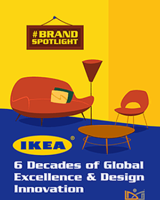
IKEA is one of the world’s largest home furnishing retailer famous for its Scandinavian style. The USP (aka unique selling point) of the brand that truly sets itself apart is the flat-pack and assembly-by-consumer style of furnishing. This model reduces costs and gives way to convenience for a shopper who wishes to enjoy furniture purchase experience with their family.
It’s been six decades since IKEA has focused on home furnishings but the brand still has a keen emphasis on improving its service and a knack for design innovation. Since IKEA caters to the requirements of a huge population worldwide, it cannot do so without finding out what the customer wants. Keeping that in view, IKEA is involved in an ongoing research to explore consumer lifestyle now and shape it for the future. In order to modify consumer perceptions according to popular design trends, IKEA has to focus on design solutions for modern and compact homes. In this case study, we will explore the design evolution within IKEA by studying their catalog cover designs.
Here is a brief snippet of what to expect in the e-book.
1950s – The classic era
The design was traditional but on the verge of evolution to adjust according to the latest trends. It had an air of Swedish style that later on blended finely with the modernist European and US design trends.
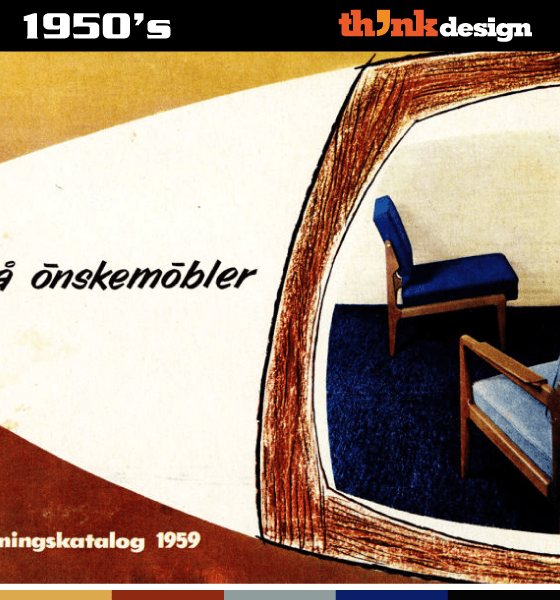
1960s – The pop art era
In the 60’s IKEA started to break free from the convention and experimented with texture and color of furniture. The color palette started to get bolder and lively but appeared more crowded.
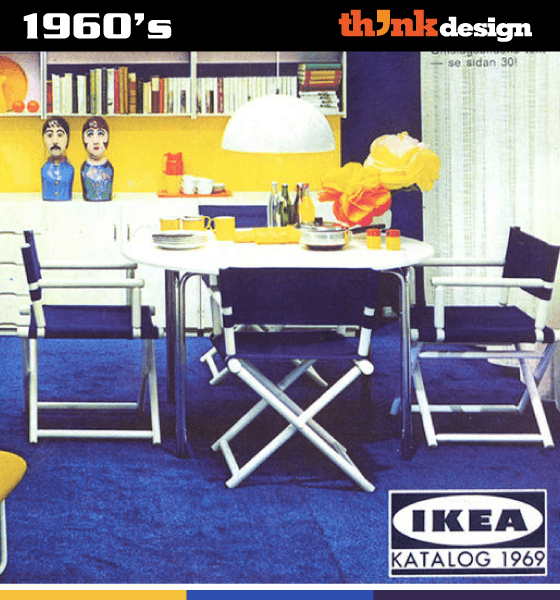
1970s – The hippie inspired casual era
This was the decade when functionality superseded design elements in the priority list. Comfortable and hippie styled designs were getting noticed and denim was the fabric of choice for sofas. The color palette got darker during the 70s.

1980s – The modernist era
Patterns and bright colors entered home furnishing style. Wood replaced by light-weight metal black was everywhere.
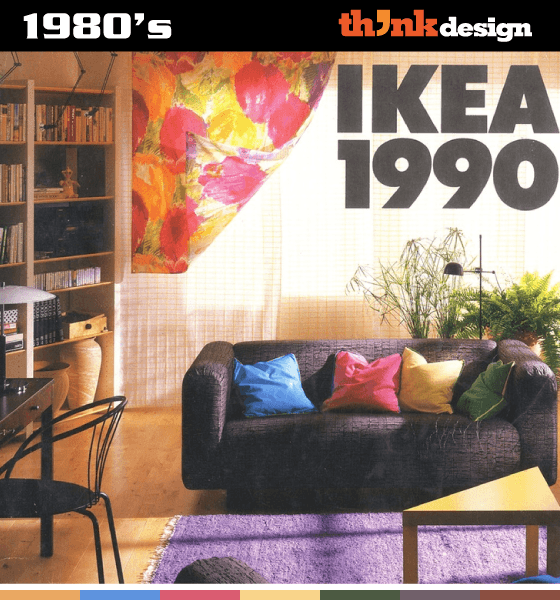
1990s – The casual yet stylish era
The 90s took a soft turn with less indulging shapes and colors to go with a shabby style furniture design. Multiple trends were introduced in furniture design some of which still exist in different forms.
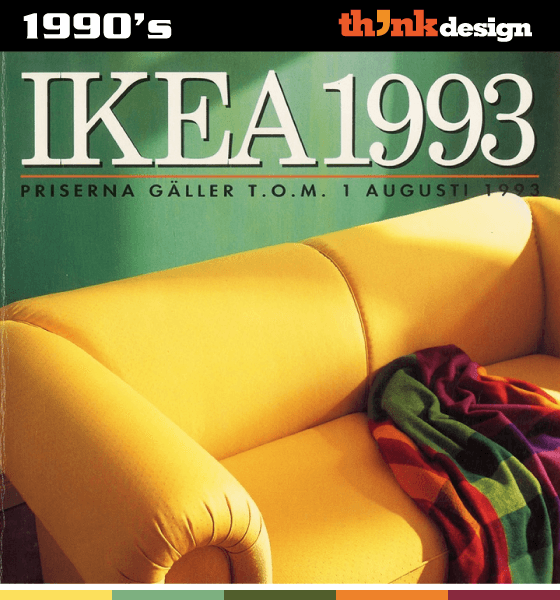
2000s – The minimalist era
This was an era known for hosting the return of classic trends. Clean wood as well as metal was used in furniture while the focus was on design detail and functionality.
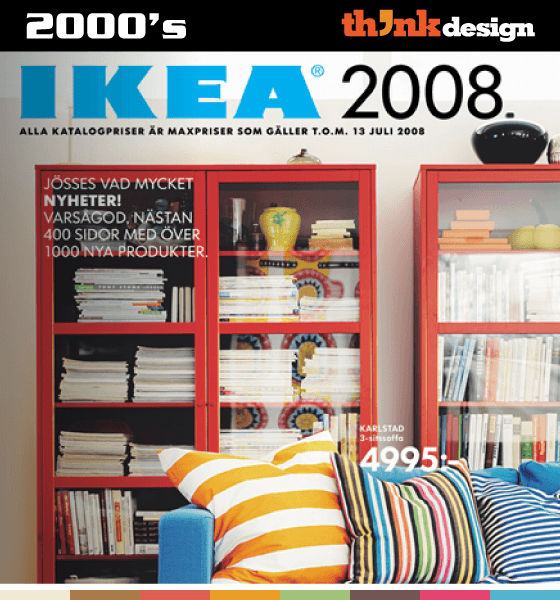
2010s – The fusion era
Today IKEA is an amalgamation of popular furniture designs of different times. It is the one brand that assimilated European and Scandinavian designs and innovated them over the year to improve functionality, utility and style.
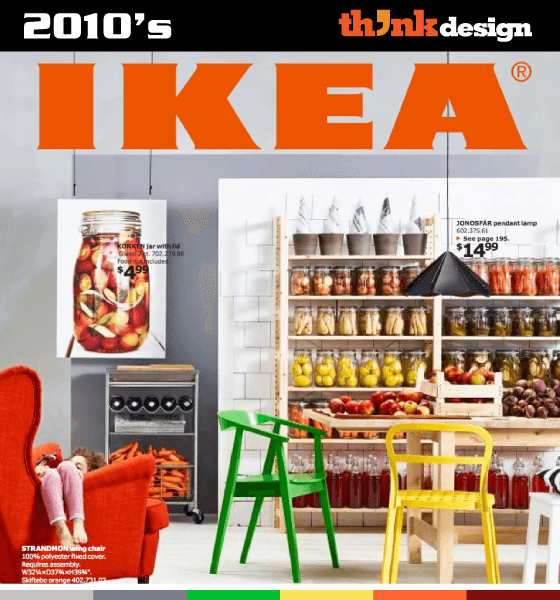
To read the rest, download our e-book.

About The Author
My spirit lies in the distant past that I never saw with my own eyes but wish to reveal it to the world there is wisdom in the old adage. My heart lies in a future that is filled with imaginative art, technological advancements and scientific discovery in tomorrow-land. In my present, I want to bring about positive change through simple innovative ideas for businesses, brands, visual graphic designers and the world community at large.